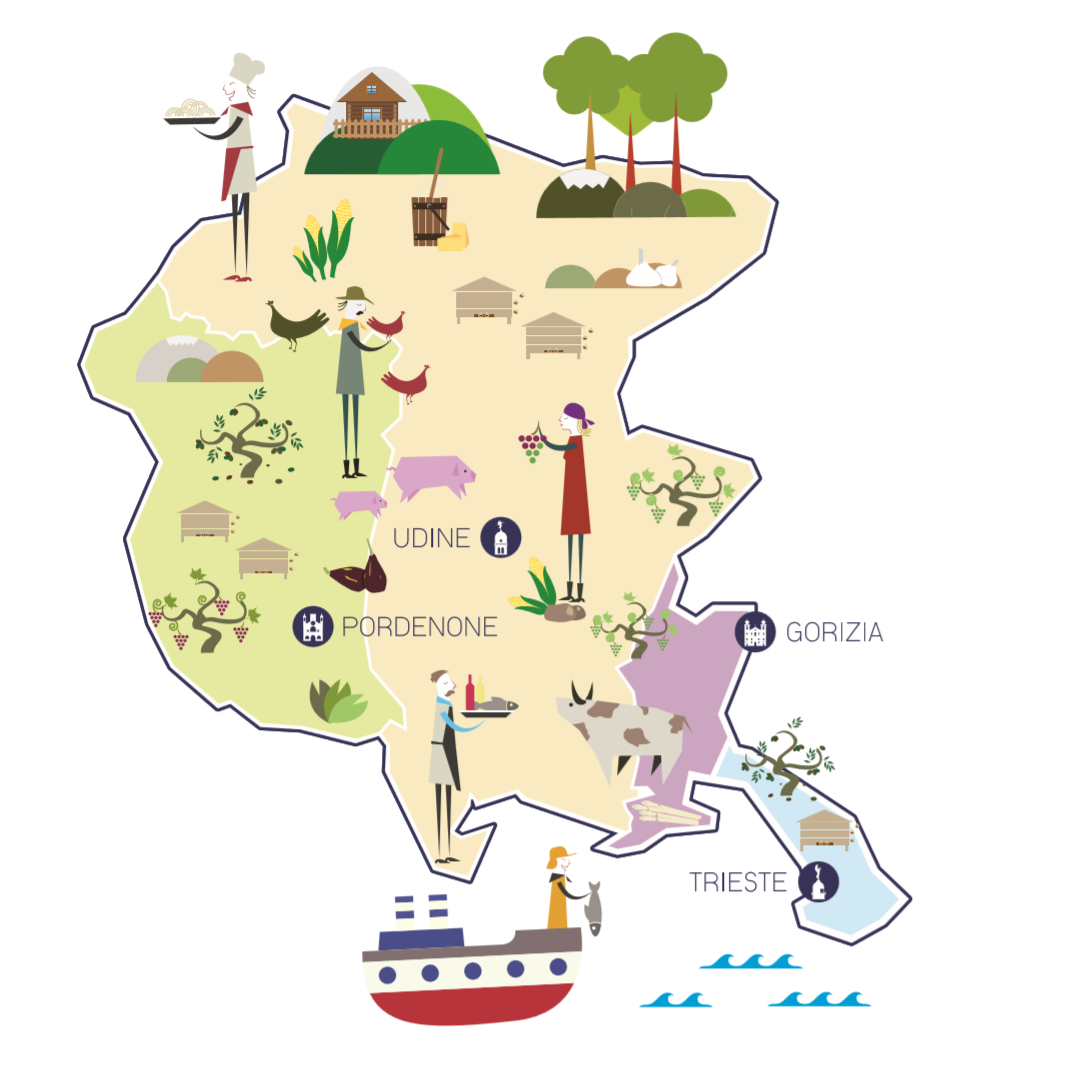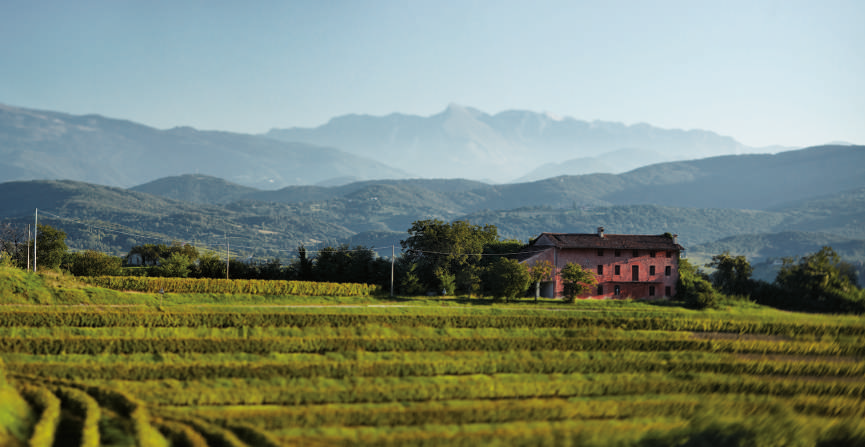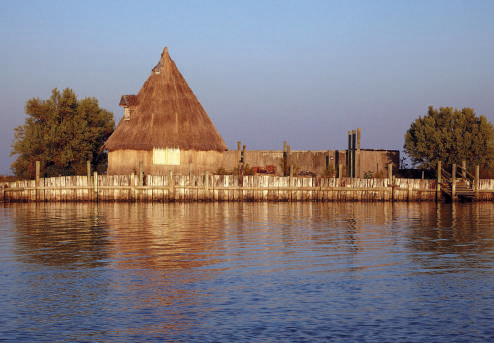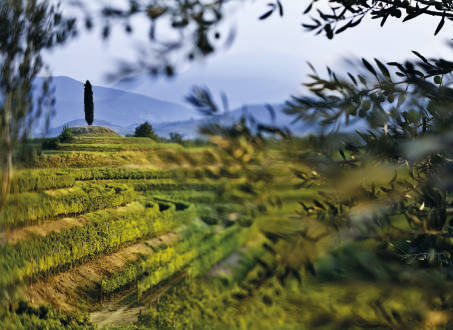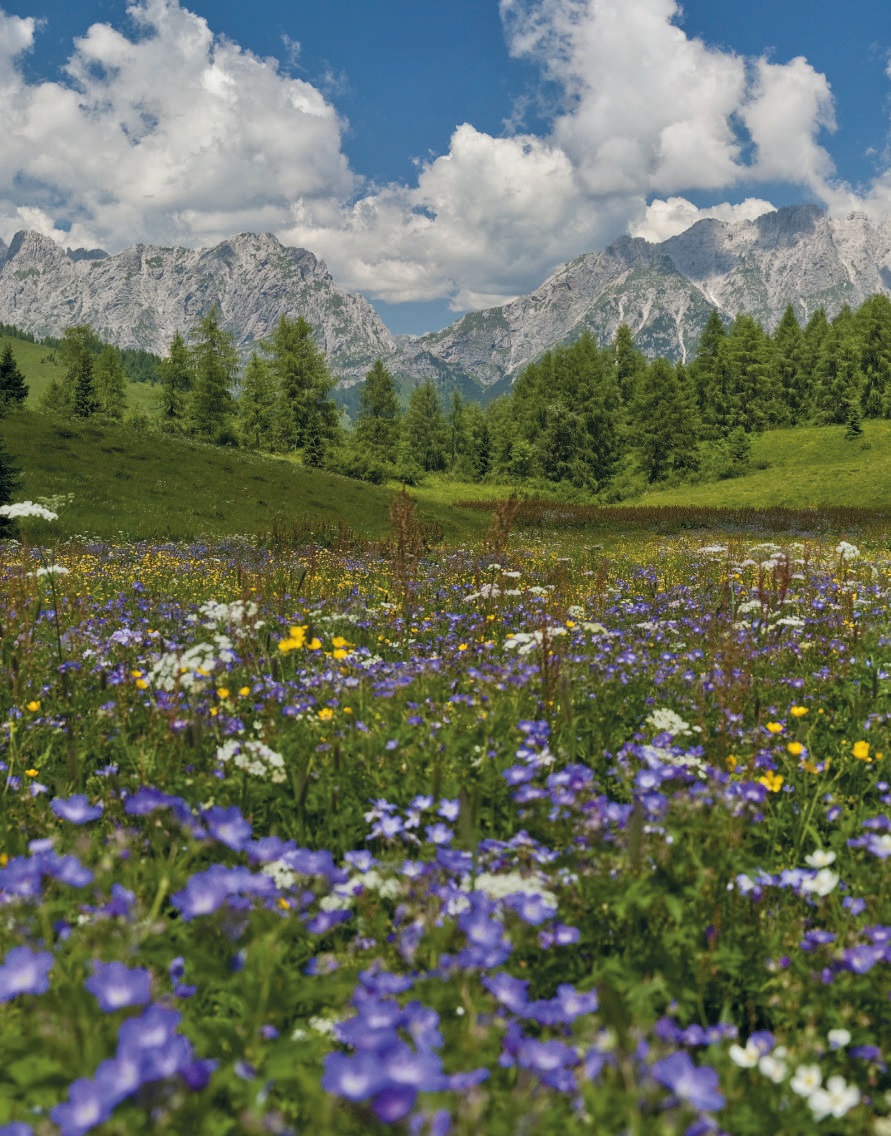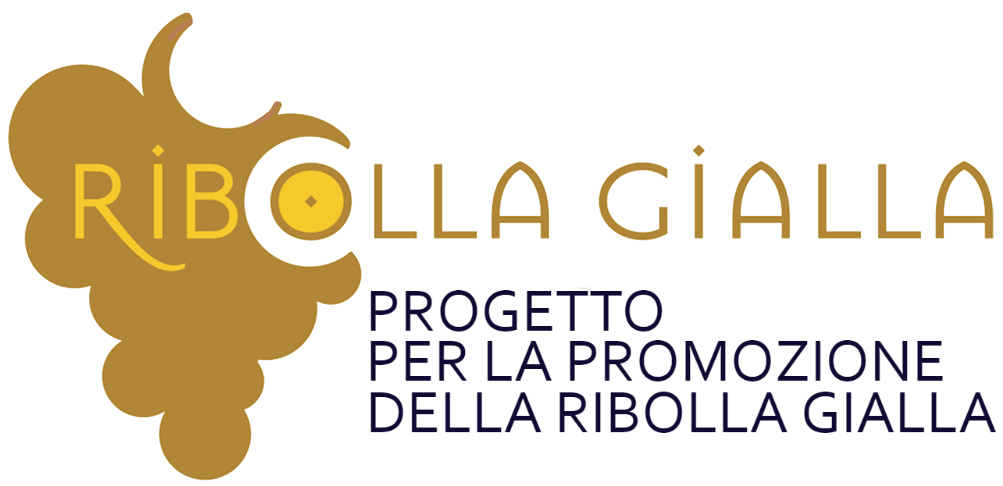THE TASTING – Rules of Enotourism
Rules of Enotourism
Those we provide are small and simple advices, but we believe they are precious: with the proper respect, we give the “you” to the enotourist, meaning to welcome him in our big family.
Dear enotourist, it is assumed that the producer works hard during all seasons of the year, but will always find time to meet the fans and those who are interested in getting to know his work closely. For this reason, we advise you to book your visit and give him the possibility to organize your welcome.
Notes of “bon ton” in the cellar
Before starting the visit let’s remember two basic precautions: the average internal temperature of the cellar is lower than the external one and therefore it is good practice to bring a jacket with you to not incur an uneasy temperature change. The cellar is a workplace and, even if everything is based on maximum safety, it is better to wear comfortable and non-slip shoes to better face the route in the various rooms and in the vineyard.
During the explanation we try to be quiet or to speak in a low voice, without disturbing the other visitors; we look forward to asking our questions and curiosities to the winemaker once they have finished. It will be a great pleasure for him to listen to us and answer us.
We respect the flow of the visit itinerary, following the guide and listening to any suggestions. If we follow the rhythm of the group, we also appreciate better what we see and hear. Watching carefully is important, but we do not touch machinery and work equipment!
The rules with the cup in hand
At the end of the visit of the winery, the moment of the tasting has arrived. Drinking and tasting do not have the same meaning: wine, grappa and other distillates are tasted and appreciated while sipping them. We taste wine in moderation and without exaggeration. The drunkenness would deprive us of the pleasure of this day: we would be ridiculous, but above all annoying to other guests, not to mention that, if we then drive the car, we could become very dangerous for the safety of others.
We taste the wine in a glass of glass according to ISO or similar (the shape is reminiscent of a tulip or a semi-egg), which we will always keep clean, washing with running water. During the tasting we hold the glass by the stem: so the heat of our hand and any perfume will not affect the objectivity and pleasure of this operation.
Let’s see if the wine is clear and then, by tilting the glass on a white surface, check its color and, towards the edge of the glass, its hue (a red wine will have a purplish hue if young and ever more coppery and orangeed as it evolves, white wines may be greenish yellow or straw yellow if young, or golden yellow or amber in the case of sweet wines). By spinning the wine in the glass we will see the arches forming on the glass surface: if they are close together, the wine probably has a good consistency and an adequate alcohol content.
The test of the nose
We approach the glass to the nose and intensely breathe in case of still wines, more gently in the case of sparkling wines: we will recognize the quality of the perfumes, their freshness and their elegance and, with a little ‘training, we can attribute them to their families, relative to flowers, fruit, dried fruit, jam, herbaceous, spicy, animal, ethereal notes, among the main ones. If we do not immediately recognize the perfumes, we do not insist, we will work our receptors. A little advice: let’s practice a lot by sniffing everything that passes under our noses every day.
We bring the wine in the mouth in the quantity of a teaspoonful and swallow it without dwelling too much on the sensations that arise but … “let’s stick” the mouth. At a later time, we put a larger quantity into our mouths and pause to explore the sensations: sweetness on the tip of the tongue, offered by sugars; acidity on the front sides of the tongue, where the presence of acids causes a slight salivation.
On the back sides of the tongue we will feel the sapidity, given by the salts. At the end of the tongue we will feel any bitter sensations. On the basis of the tongue we can feel the astringency, given by tannins and found in red wines, the pungency, given by carbon dioxide and typical of sparkling wines. The feeling of pseudo-calor, which alcohol offers, is also felt on the basis of the tongue.
Sugar, alcohol and glycerine (a substance that gives softness) represent the soft component of wine, while tannins, acids and minerals its hardness. If we feel softness and hardness in a balanced way, we are tasting a balanced wine. A white wine or a young red wine can give us a greater feeling of hardness, which is not negative: it depends on the wine we are tasting.
Body issue
On the tongue we can also feel a ‘weight’: this is the body of wine, offered to us by those substances, that if, by hypothesis, we boiled the wine, they would not evaporate. The body can be more or less evident. After swallowing the wine, we inhale a little air from the mouth and breathe out from the nose: surprise! The fragrances, amplified, will return to the olfactory mucosa: a sort of concentration given by temperature has taken place in our gustatory apparatus. Are these the same scents that we have felt smelling the wine, or are they different?
Probably, during an enotourist excursion, we will taste different wines: if we can, let’s drink a sip of water between a wine and another, and remember that wine… does good blood but… if consumed in moderation!
Say goodbye
Let’s get closer to the wine with respect, remember that the producer dedicates so much energy to its realization and, if the wine does not meet our taste, we can communicate it (politely): they will be pleased to know our opinion!
At the end of the visit, we thank those who welcomed us and leave, if we wish, our references, so that we can be informed about any events and tastings organized: the winemaker will certainly enjoy discovering our true interest.
Ok, now we are ready for our trip. Only one last thing: good education opens all doors, even those of the cellars!
Friuli Venezia Giulia Wine Tourism Movement
www.mtvfriulivg.it
